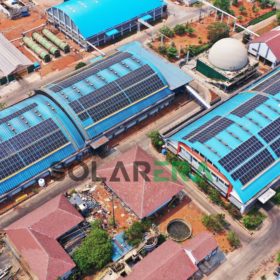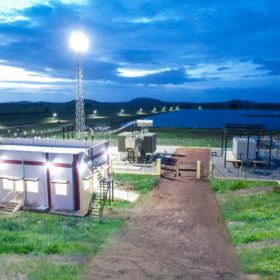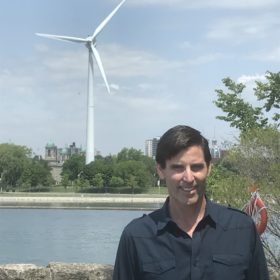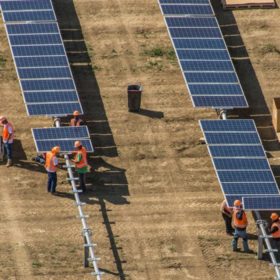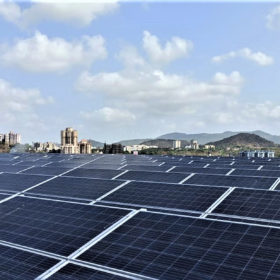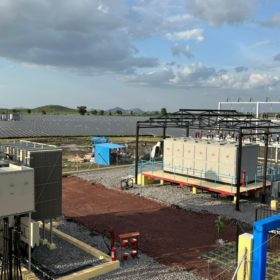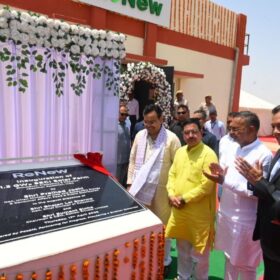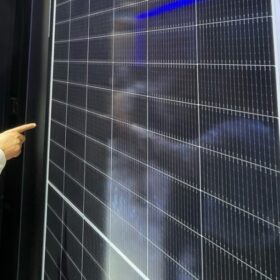Cleantech Solar to commission 18.7 MW captive PV plant for Saint-Gobain India
Cleantech Solar will develop the PV plant at its solar park in Tamil Nadu and supply clean power to Saint-Gobain India’s manufacturing facilities.
Amended Energy Conservation Bill to drive renewables adoption
The amended Energy Conservation Bill sets a minimum usage clause for non-fossil fuel by high carbon-emitting sectors such as power, transport, industry, and buildings. It also includes provisions to incentivize decarbonization efforts by allowing carbon trading.
Greenko to develop 400 MW of wind, solar for Hindalco’s aluminum smelter
Renewables major Greenko will develop 375 MW to 400 MW of solar and wind capacity to power Hindalco’s aluminum smeltering operations in Odisha. It will back the renewables generation with hydro pump storage capacity in Andhra Pradesh to ensure 100 MW of round-the-clock supply to Hindalco.
Rays Power Infra switches on 150 MW solar plant in Karnataka
Rajasthan-headquartered Rays Power Infra has commissioned a 150 MW (DC) solar plant in Raichur and Koppal, Karnataka.
Study finds 100% renewables would pay off within 6 years
New research from Stanford University researcher Mark Jacobson outlines how 145 countries could meet 100% of their business-as-usual energy needs with wind, water, solar and energy storage. The study finds that in all the countries considered, lower-cost energy and other benefits mean the required investment for transition is paid off within six years. The study also estimates that worldwide, such a transition would create 28 million more jobs than it lost.
World could install 250 GW of solar this year, claims Bloomberg analyst
Rob Barnett, a senior clean energy analyst for Bloomberg, forecasts a 30% increase in global PV deployment this year, and double-digit growth through 2025.
India installed 8.4 GW of solar in H1
India is expected to install 20 GW of new solar capacity in 2022, according to JMK Research.
US to extend Investment Tax Credit for solar at 30% to 2032
As written in the Inflation Reduction Act of 2022, the tax credit will begin at 30% and step down to 26% in 2033 and 22% in 2034.
TCIL to empanel rooftop solar installers
Telecommunications Consultants India Ltd has invited bids to install and commission rooftop solar systems as a back-end partner for its projects. The empanelled parties will set up PV systems of different capacities across various states of India. Bidding closes on August 8.
Rays Power switches on 50 MW open-access solar plant in Karnataka
The Rajasthan-headquartered solar developer has commissioned a 50 MW (AC) solar plant in Bennur village of the Belgaum district. The project uses 455 Wp to 595 Wp mono PERC monofacial PV modules.

